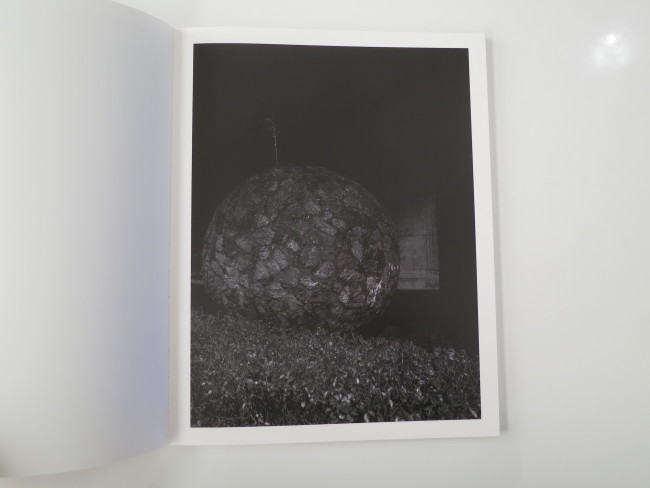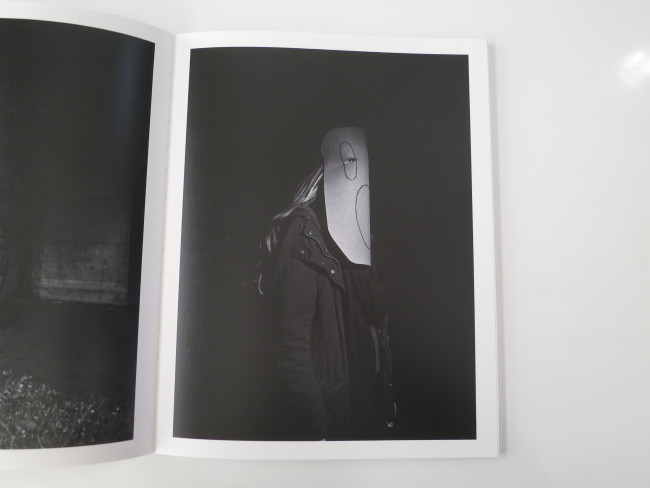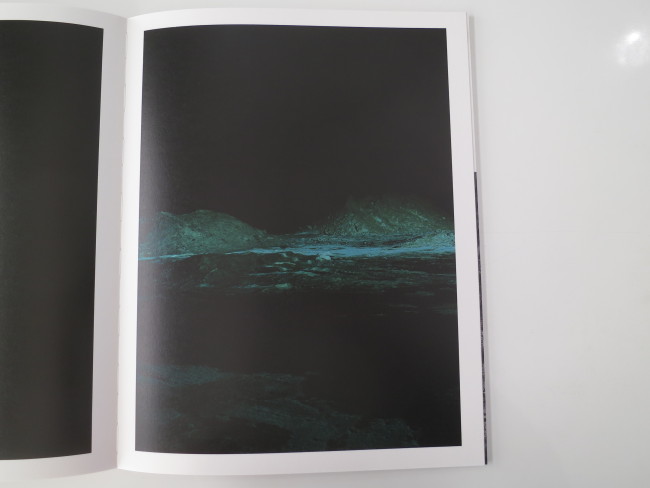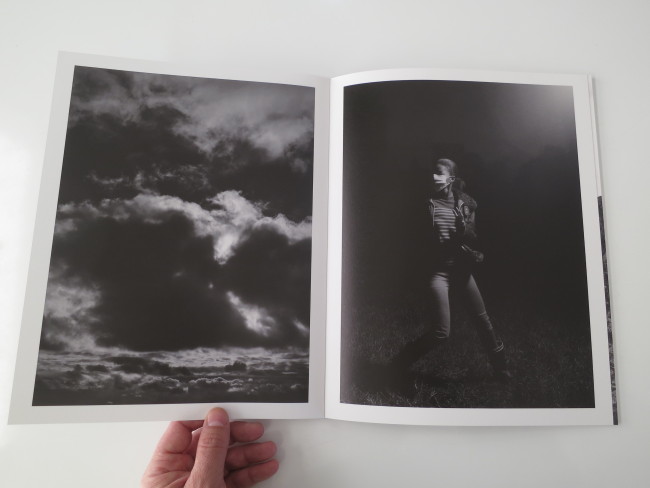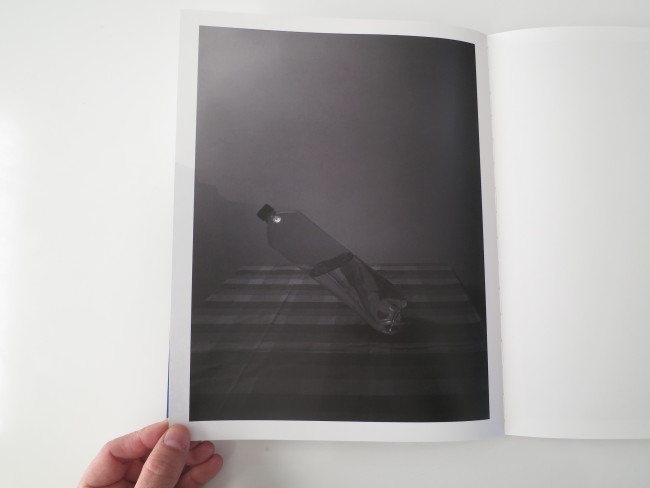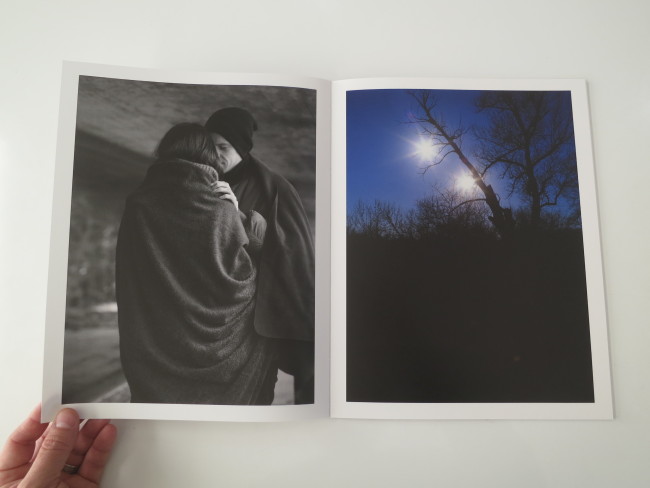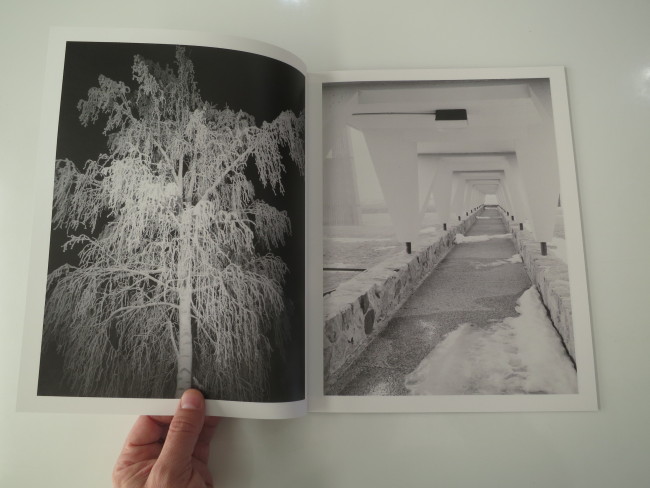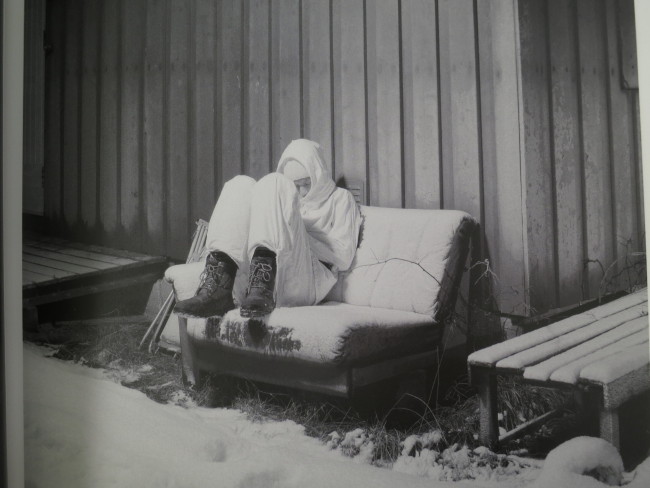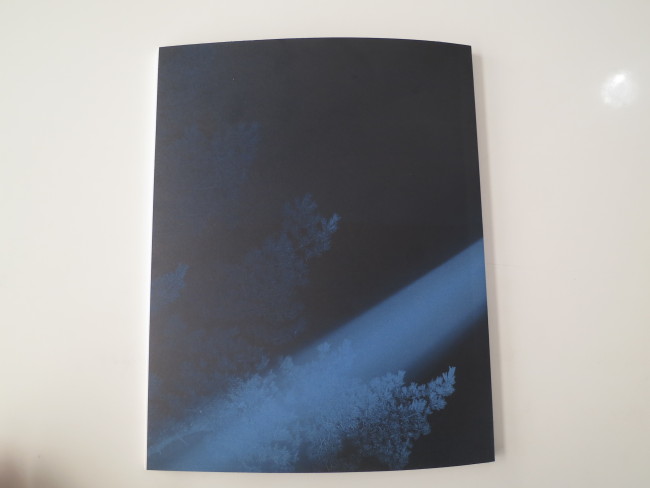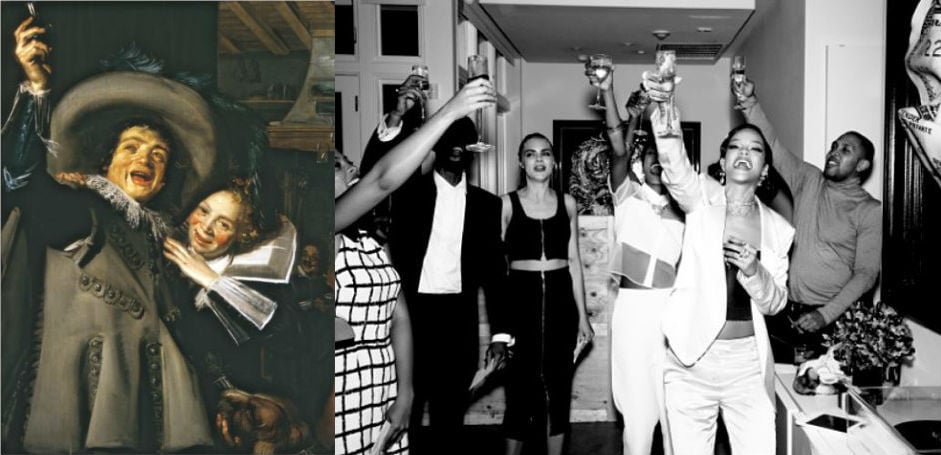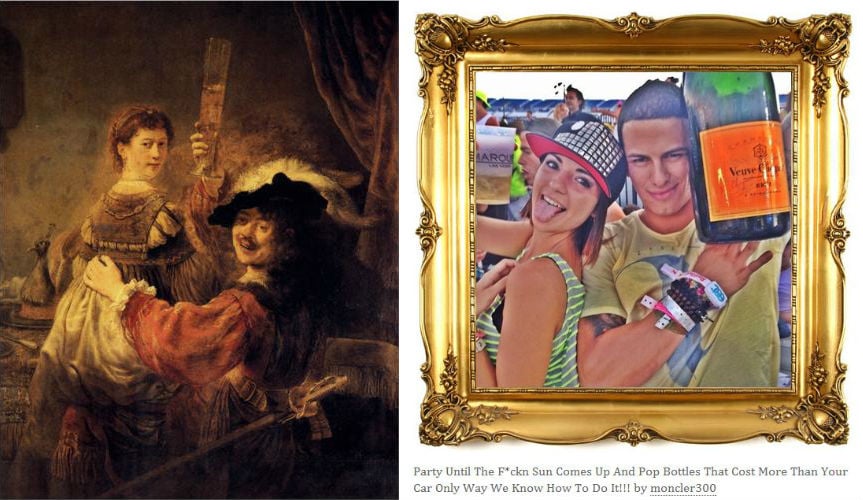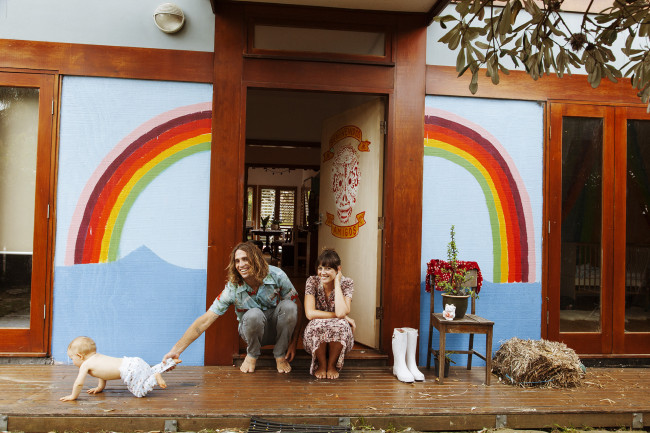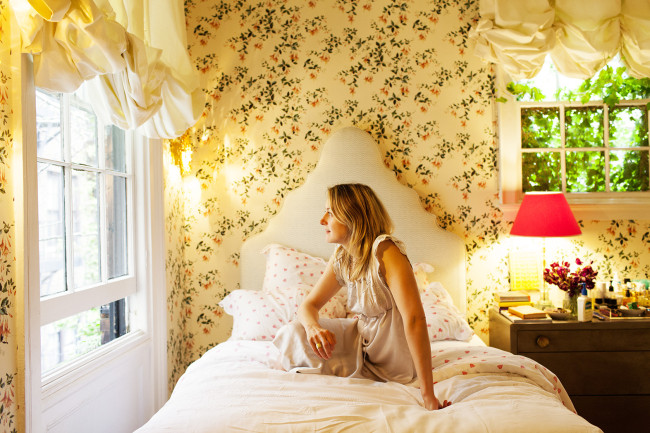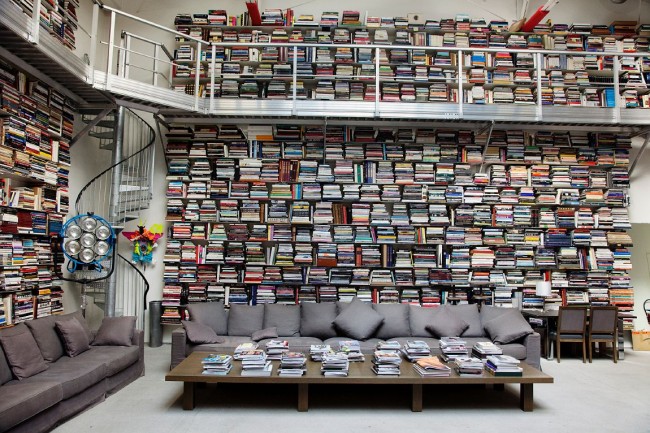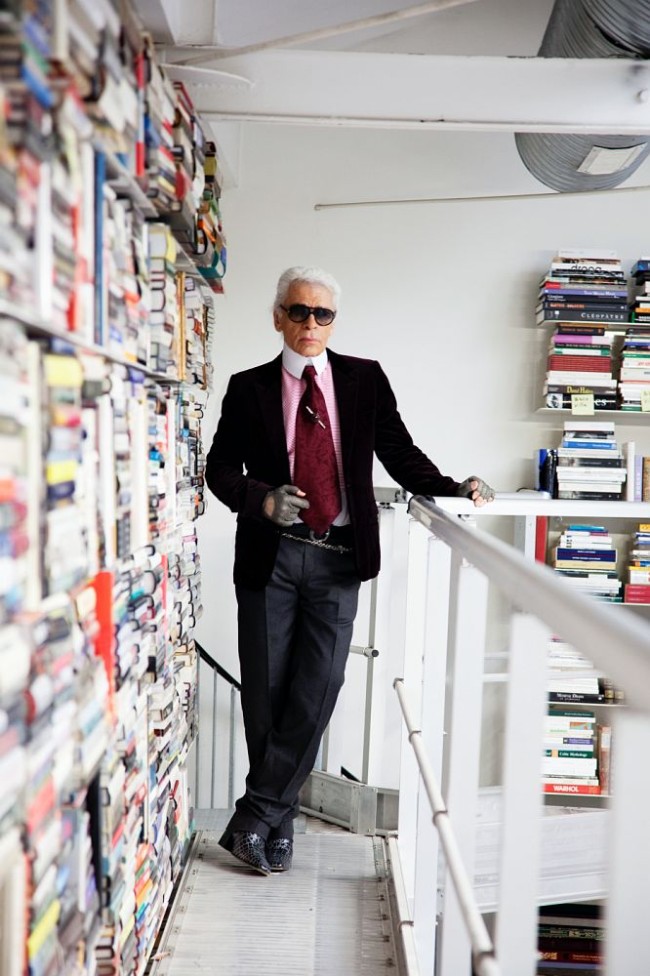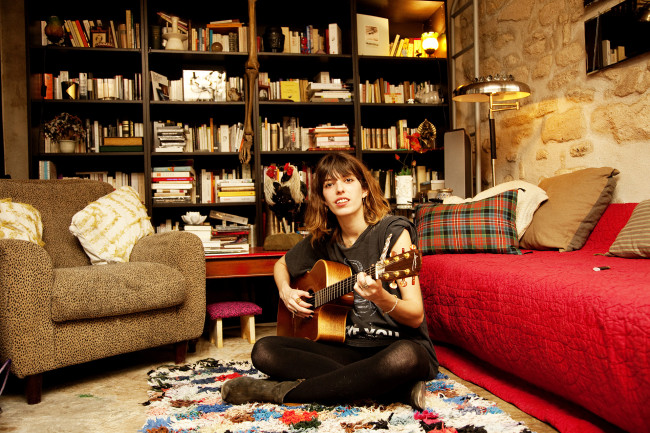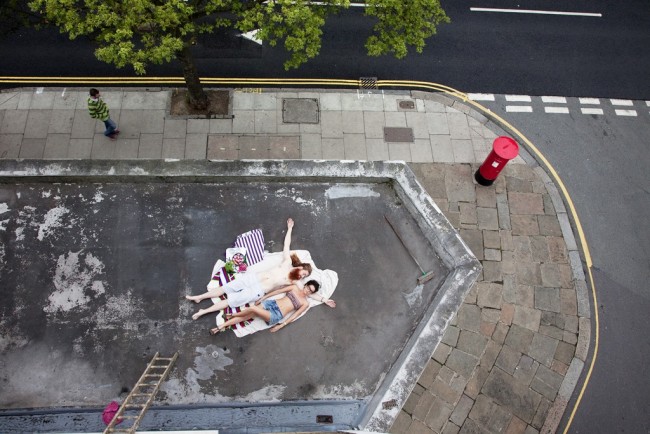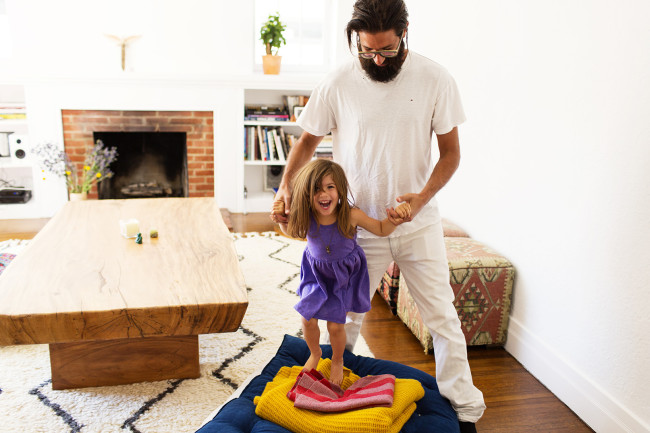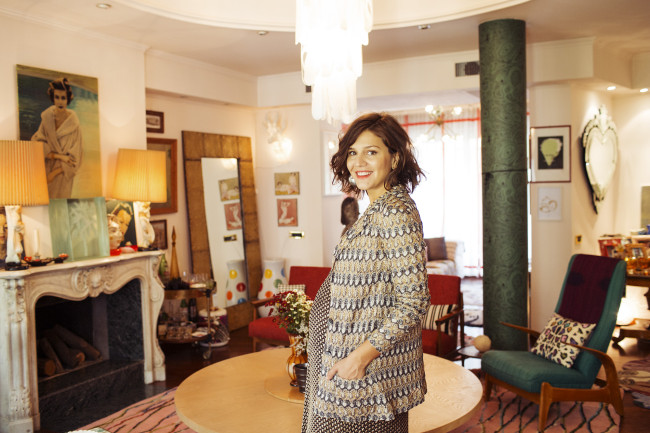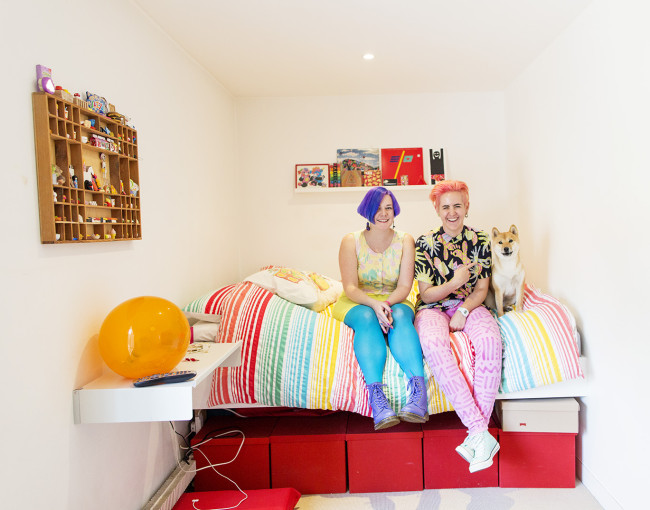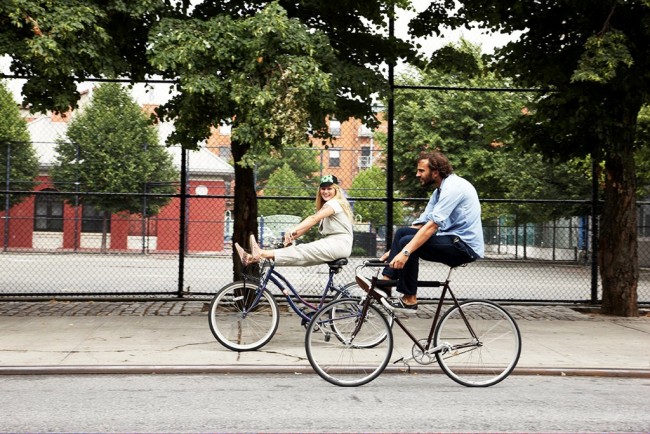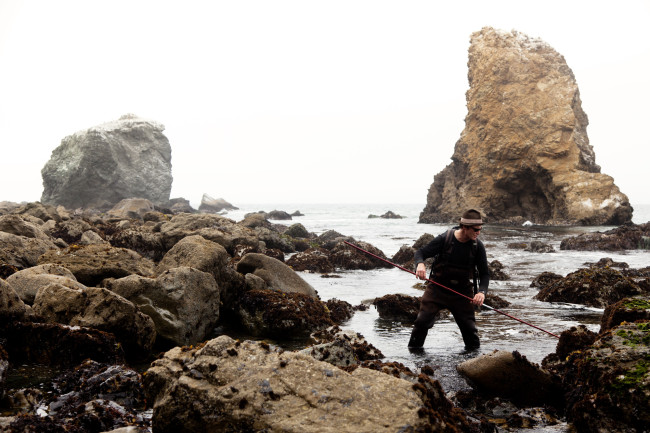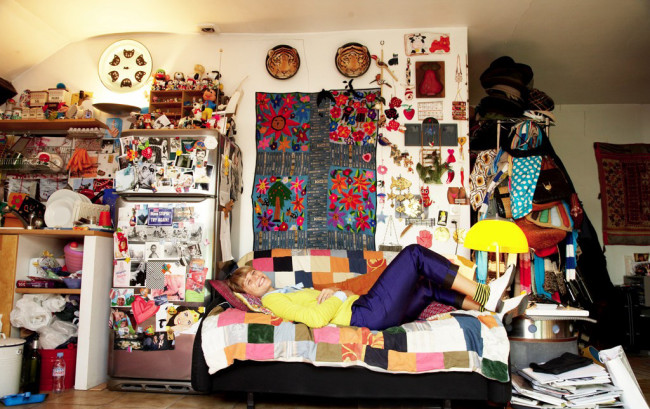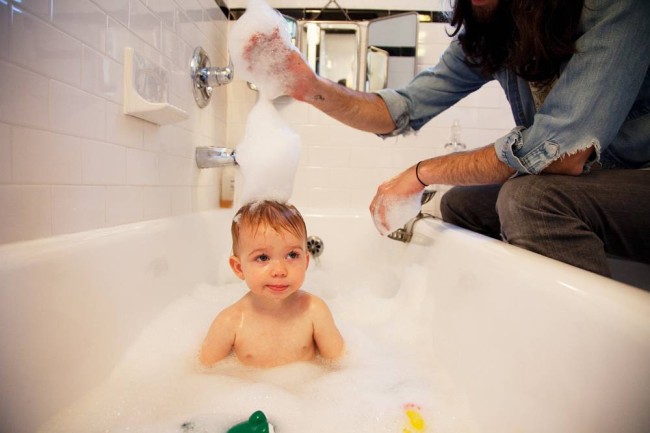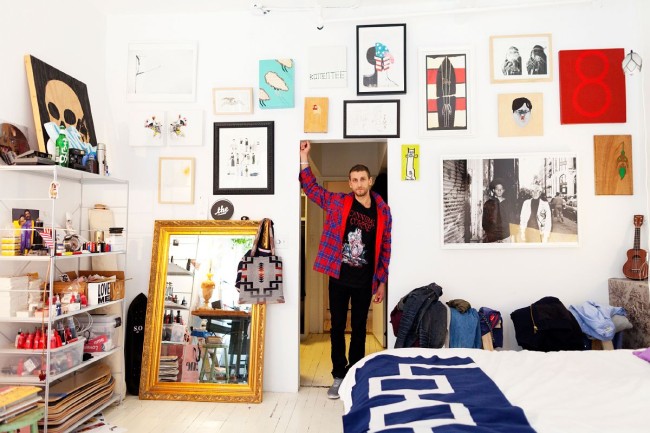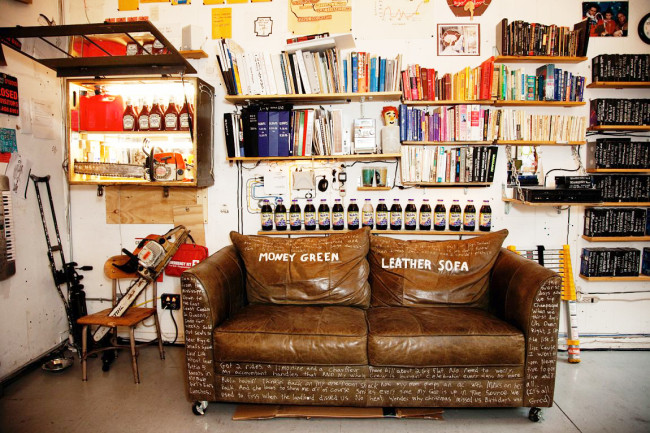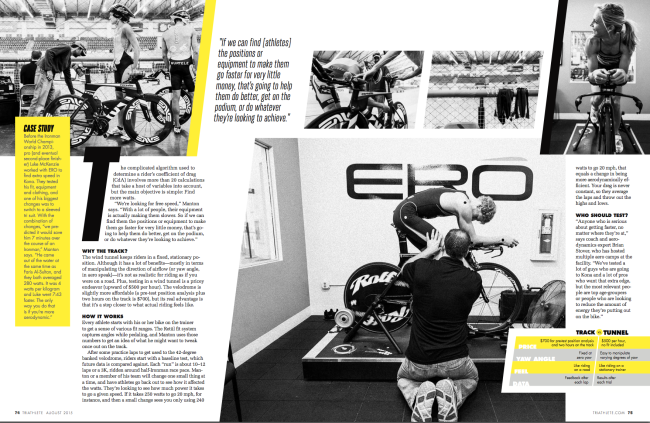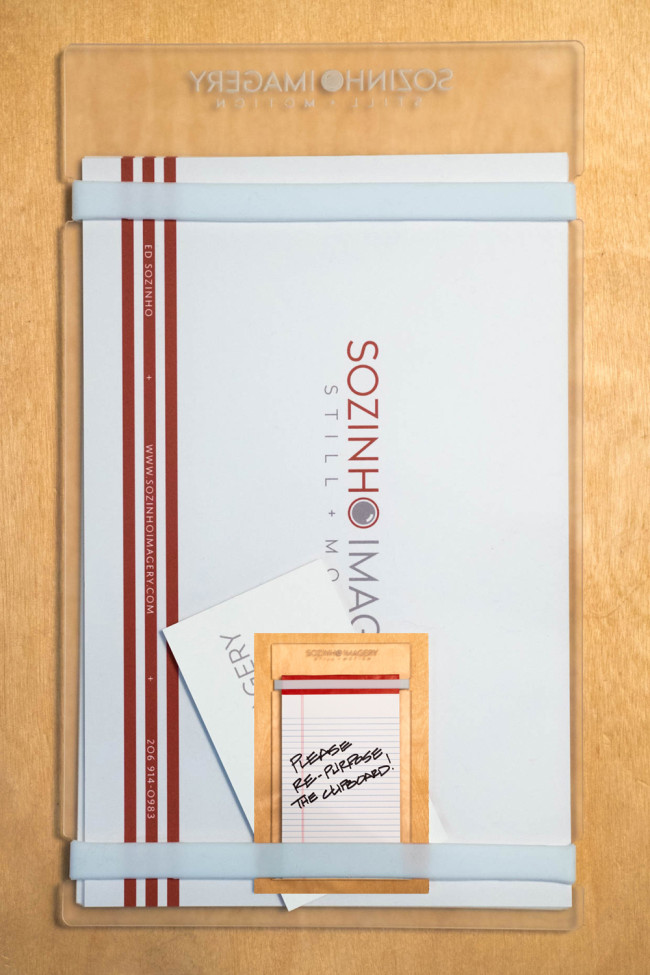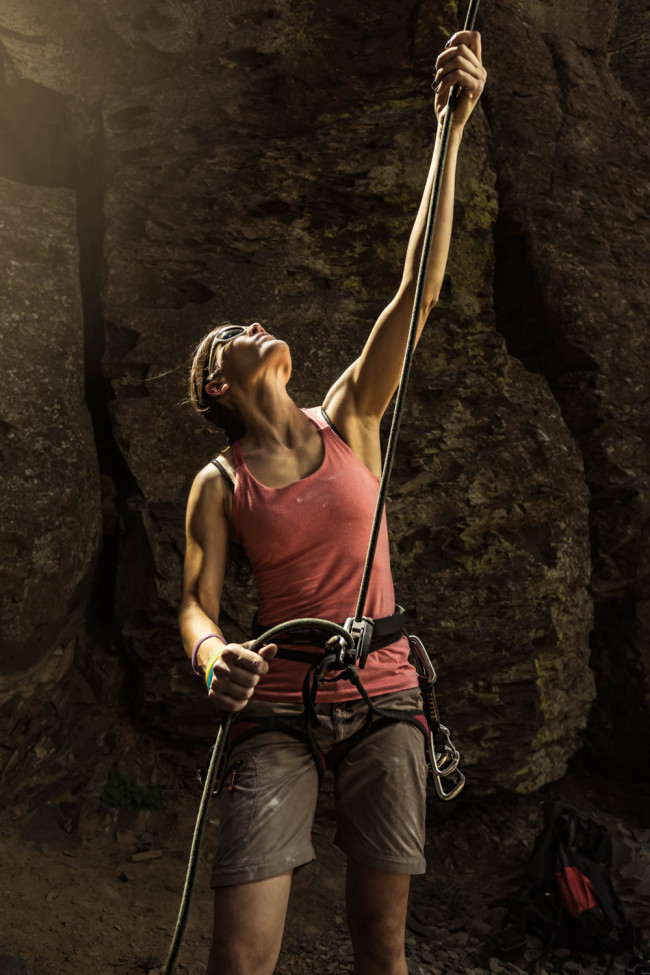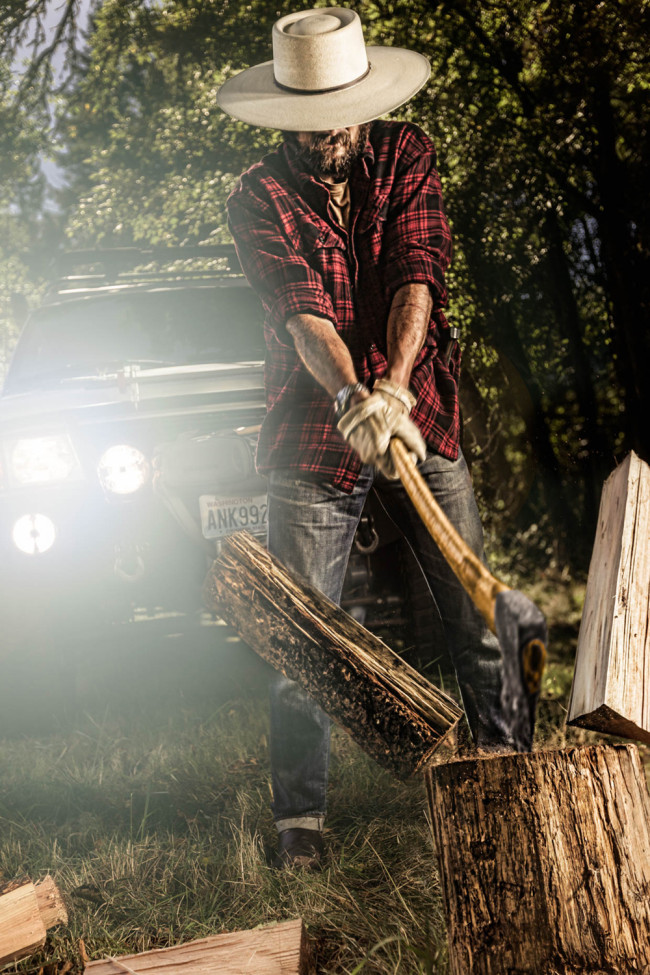In 2013, I was commissioned by Ilex Press and Hachette to write a book entitled “What They Didn’t Teach You in Photo School,” which just launched in the U.S. this month. The entire book is essentially a long cheat sheet on how to make it in the industry, based on the wisdom and advice of over 20+ photographers, photo editors, consultants, and industry leaders that I interviewed over the course of a year.
Though they covered every photography-related topic imaginable—from portfolio editing to managing finances—their collective advice can essentially be distilled into the following points. I hope you’ll find the following tips as helpful and enlightening as I did, regardless of how long you’ve been in the industry.
Find a mentor.
“You should never be the smartest person in the room,” was the best advice anyone ever gave me. It applies very literally to a career in photography: surround yourself with people who are smarter than you—they’ll push you to grow. Almost all of the photographers I interviewed cited a mentor, someone they went to for advice even long after they’d “made it,” someone who offered continual guidance and feedback on their work (generally a more illustrious, seasoned photographer). “Tap into the wisdom and genius of those who came before you,” advises commercial photographer Peter “Poby” Pobypicz. “Learn from their mistakes and lessons.”
Get business-savvy.
Without exception, the most successful photographers I met were the ones who treated their photography career like the business that it is. “The thing that holds back a lot of photographers is not having a plan, simply going from gig to gig,” says commercial and documentary photographer Doug Menuez. “They don’t have an understanding of the business side—the thing we all hate—and as a result, they never have enough cash to create the portfolio and marketing they need to establish themselves. It’s necessary to write a business plan that clearly states what the end game is, and how you see yourself getting there over however many years.”
Diversify.
Though making a living entirely from taking photographs is the dream, it’s becoming increasingly harder to realize. The reality is that to survive in this industry in the long-term, you’ll need to get creative and find ways to capitalize on your passion in more ways than one. “I would strongly advise having multiple income streams across different sectors of the industry, because unless you are a category killer, you are not going to make a living doing 100% editorial,” says photographer Robert Wright. “More likely, you’ll need a mix of publishing, stock, book publishing, corporate, consulting—some sort of blend so that when one revenue stream dwindles the others take up the slack.”
Get face-to-face.
Now, more than ever, making the effort to meet people and cultivate real world relationships is crucial to a photographer’s success. “Getting out there is key,” says Pobypicz. “You can’t sit at home hoping the phone will ring if you don’t show your face, literally. Insist on face-to-face meetings with clients you want to work with.” Even making real life connections that are indirectly work-related—taking a fellow photographer out for a beer, meeting a photo editor for coffee—helps to build networks that can serve you in the future.
Think outside the box.
Experts say that there’s no better time to be different, so don’t concern yourself too deeply with what will “sell,” or try to adapt your individual style into something that’s more commercial or mainstream. “Don’t be afraid of niche areas you’re interested in,” says Menuez. “There’s this amazing work being done by a guy shooting dogs jumping in pools that’s getting lots of attention. Now it’s all about finding your own thing that’s all yours, that you are passionate about, and then shoot that like hell.”
Have a good attitude.
Think it’s common sense? You’d be surprised. “This industry seems to spawn some huge egos of the ‘legends-in-their-own-mind’ variety, and in my experience, it always catches up with them,” says Ellen Erwitt, owner and producer at Big Splash Productions. “There are many photographers that can do one given job, and, all things being equal, the one that will get hired is the one with the best attitude and most simpatico personality. The one who contributes yet listens, is receptive to ideas, and is a team player.”
For more detailed advice on how to make it in today’s industry, pick up a copy of “What They Didn’t Teach You in Photo School,” available at Barnes & Noble stores, local bookstores, Urban Outfitters stores, and online at Amazon.com.

